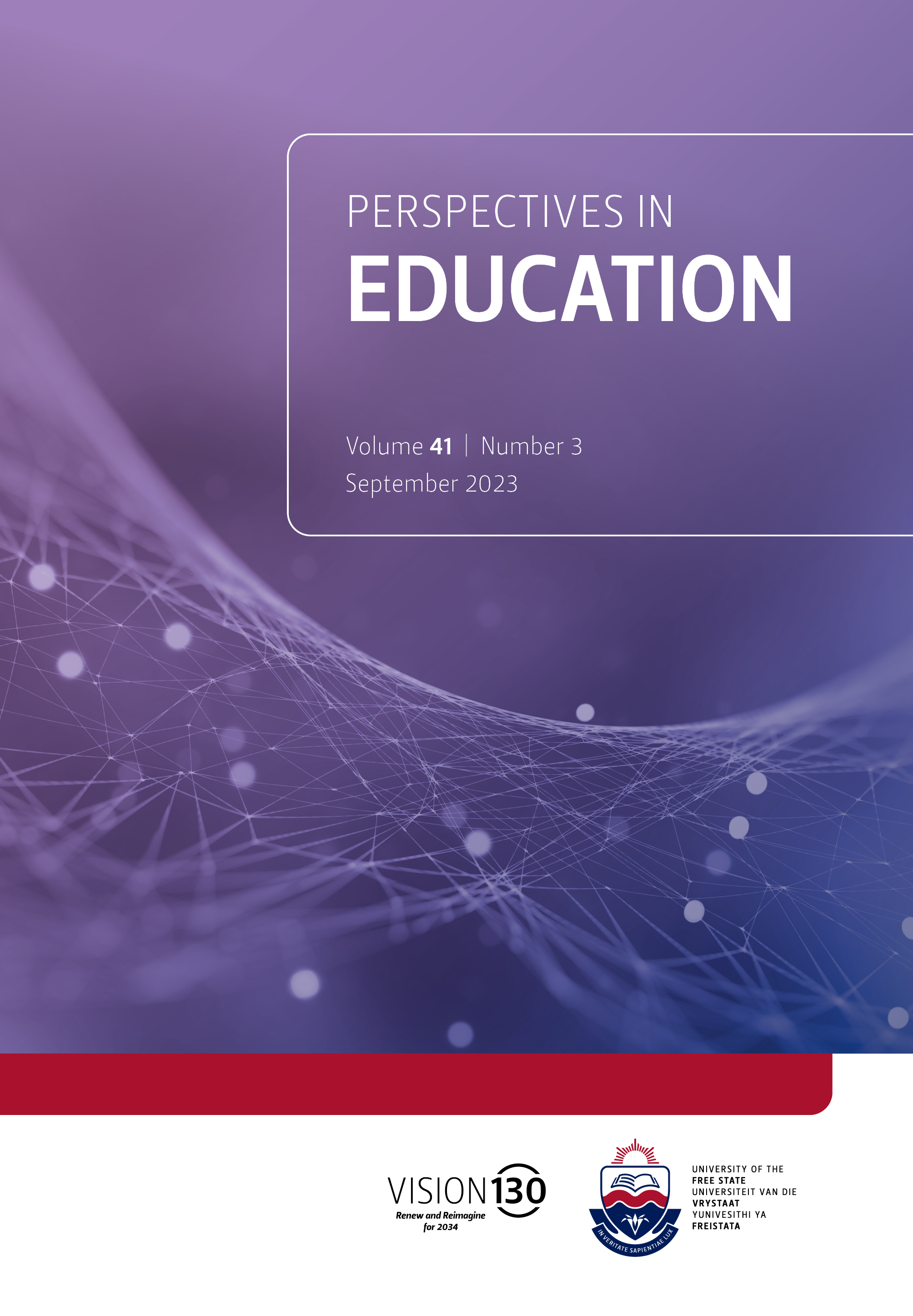Exploring multimodal approaches for writing centres in remote and in-person configurations
DOI:
https://doi.org/10.38140/pie.v41i3.7121Keywords:
Academic literacies, materials development, multimodality, social justice, social semiotics, writing centres, writing pedagogyAbstract
Writing centres have had to adapt to many challenges, including the move to online learning during the Covid-19 pandemic. In South Africa this move was complexified by differential access to digital environments and contextual issues such as lack of electricity and rolling blackouts. Writing centres also need to consider the increasing massification of higher education and ways of harnessing diverse resources to enrich communication. This paper explores writing centre approaches to research and pedagogy within a social justice agenda, including combining an academic literacies approach with a multimodal social semiotic approach. It also investigates innovative approaches to teaching writing in diverse and multilingual contexts, including expanding the repertoire of resources used in writing consultations. It argues that the explicit utilisation of a range of modes can enhance writing production and enable writers to actively explore different modes for constructing meaning. The paper reflects on developing inclusive multimodal writing centre materials. It then explores the changing function of modes in online and face-to-face consultations (postpandemic lockdowns), including talk as mode, silence as mode, visual modes, and the use of time. The aim is to interrogate our academic practices concerning the diverse languages and various forms of communication that students possess, whether in virtual or physical learning environments.
Downloads
##submission.downloads##
Published
How to Cite
Issue
Section
License
Copyright (c) 2023 Arlene Archer

This work is licensed under a Creative Commons Attribution 4.0 International License.









